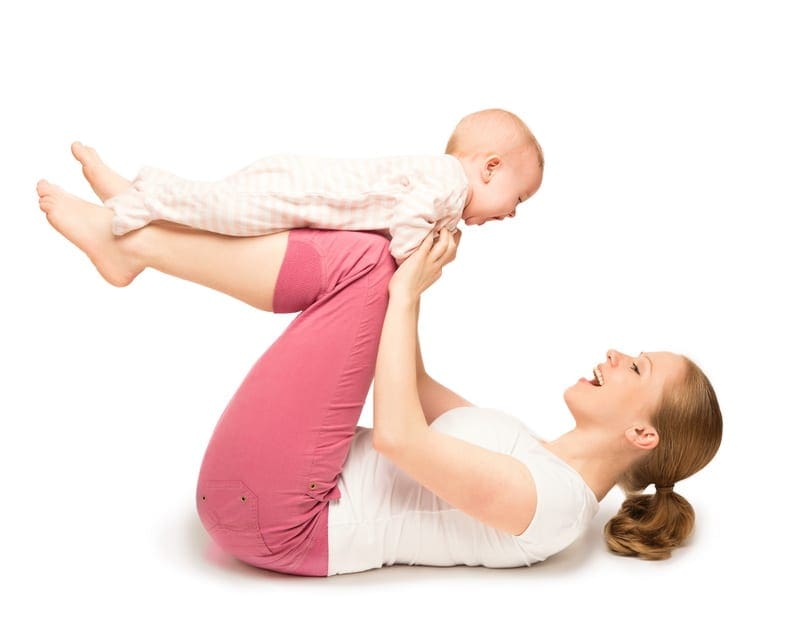Most ectopic pregnancies occur in the fallopian tube, but they can also be implanted in the cervix, ovaries, or stomach. The cause of ectopic pregnancies is unknown, but there are some speculative specific causes or associations. Smoking, advanced maternal age, and prior tubal damage to any origin are well known risk factors for ectopic pregnancy. Ectopic pregnancy occasionally occurs in women who have had a hysterectomy. Patients who are older are more at risk for having an ectopic pregnancy, where the fetus implants in the abdomen instead of the uterus. This type of pregnancy must be delivered via cesarean section. Some people speculate that vaginal douching can also cause ectopic pregnancies, although this hasn’t been proven. Women who were exposed to diethylstilbestrol (DES) while they were in the womb also have a higher risk of ectopic pregnancy, up to three times the risk of unexposed women.
Ectopic pregnancies occur when the embryo implants itself outside the womb, usually in the Fallopian tubes. This can cause the embryo to burrow into the tubal lining and cause bleeding. In most cases, the ectopic pregnancy is expelled from the body as a tubal abortion. Risk factors for ectopic pregnancy include:
– a history of ectopic pregnancy
– pelvic inflammatory disease
– endometriosis
– prior surgery on the Fallopian tubes
– use of fertility treatments
Taking hormones, specifically estrogen and progesterone, can have an impact on the normal movement of the fertilized egg through the tubes. This can then lead to ectopic pregnancy. Most women who have had one ectopic pregnancy are then able to have a successful normal pregnancy. In some cases, though, a repeated ectopic pregnancy may occur in as many as 10 – 20% of women. Additionally, women who have in vitro fertilization or who have an intrauterine device using progesterone also have an increased risk of ectopic pregnancy.
Early symptoms of an ectopic pregnancy are delicate and can be easily missed. Some women who think they are having a miscarriage are actually having a tubal miscarriage. Ectopic pregnancies differ from regular pregnancies in that there is no inflammation of the pipe. Patients with a late ectopic pregnancy will experience pain and bleeding from both the vaginal and internally. This is caused by prostaglandins released at the implantation site, and by free blood in the peritoneal cavity, which irritates the surrounding area. An ectopic pregnancy is a pregnancy that occurs outside the womb, usually in the fallopian tubes. If the bleeding is heavy enough, it can threaten the health or even the life of the woman. Ectopic pregnancies are more common in places without modern medical facilities. The corpus luteum on the ovary usually produces progesterone, but in an ectopic pregnancy, progesterone levels are falling. This causes withdrawal bleeding.
If a woman experiences lower abdominal pain or unique hemorrhage, an ectopic pregnancy must be suspected, especially if the woman is sexually active and the pregnancy test comes back positive. If left untreated, about half of ectopic pregnancies will resolve without treatment; these are known as tubal abortions. Early treatment of an ectopic pregnancy with the antimetabolite methotrexate is a viable alternative to surgical treatment. Methotrexate treatment for ectopic pregnancy has reduced the need for surgery in many cases, but it is still necessary in some instances. If the fallopian tube has ruptured or is in danger of rupturing, surgery will be required. Surgeons use laparoscopy or laparotomy to gain access to the pelvis and can either incise the affected Fallopian tube and remove only the pregnancy, or remove the entire tube with the pregnancy.











